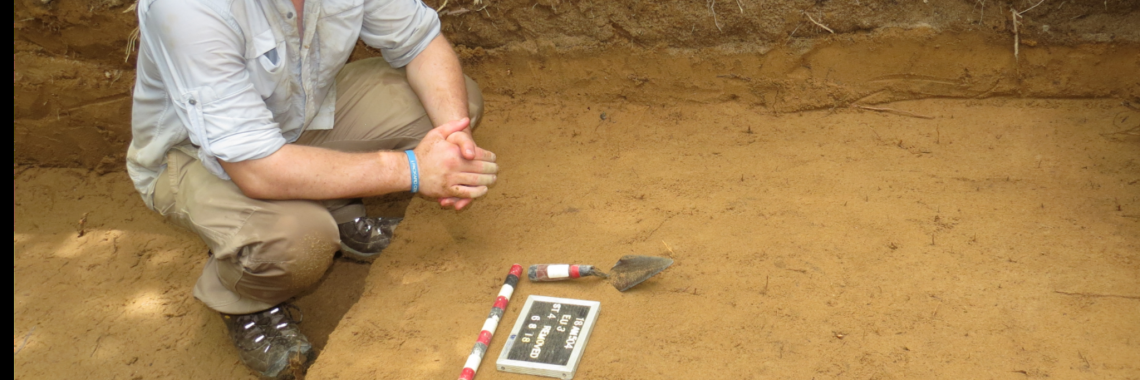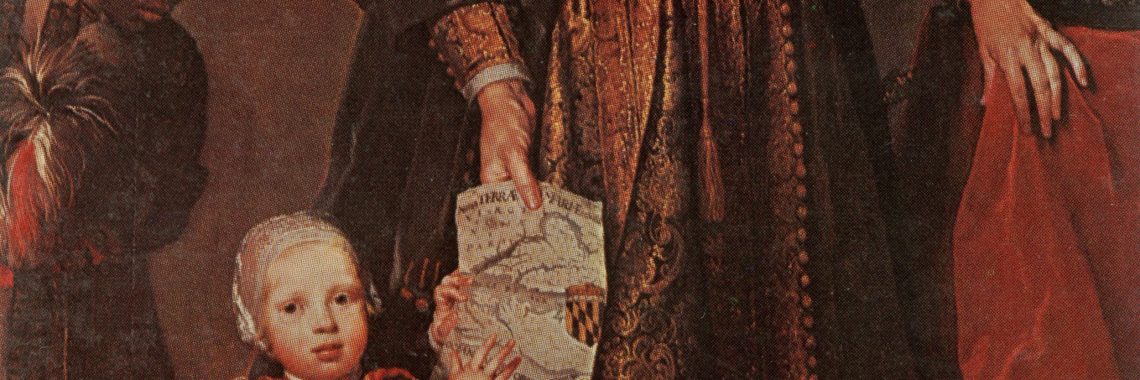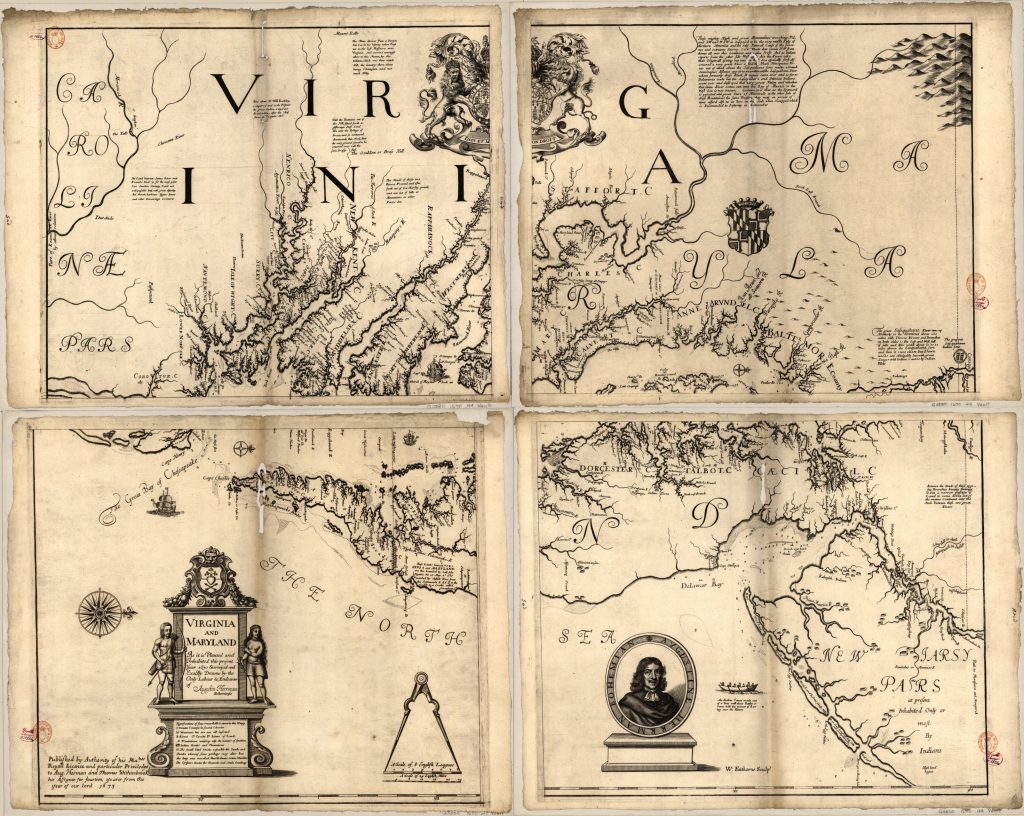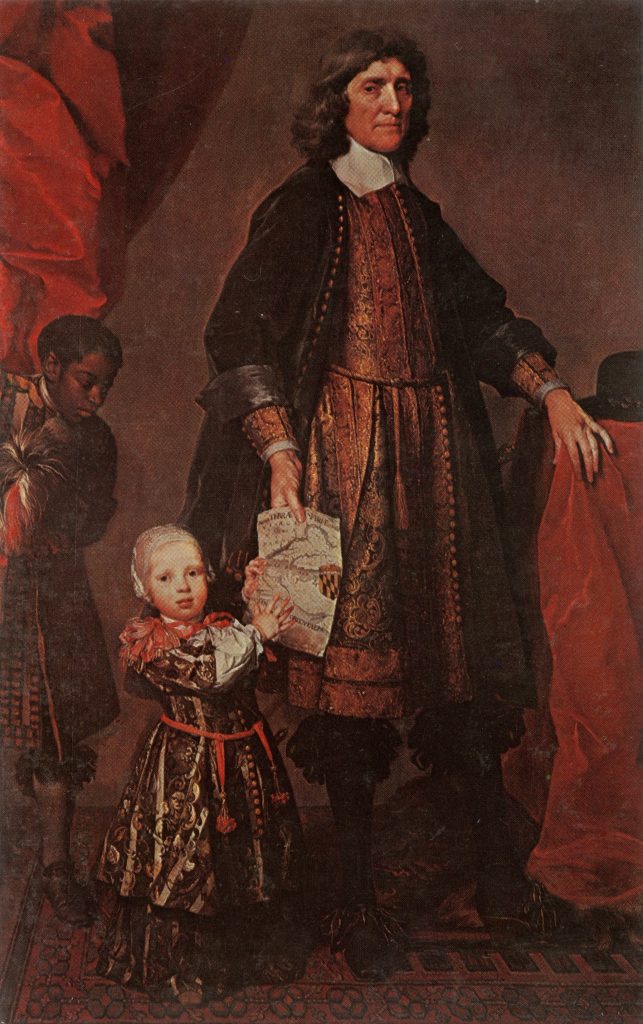Summer 2022 Internship Information
For the summer of 2022, The Lost Towns Project and Anne Arundel County Cultural Resources Section are offering four internship positions: two paid positions and two positions for college credit. Applications are due April 1st, 2022. Please click on the links below for full internship descriptions and more information.
Internship Descriptions:
Hammond Plantation Archaeology: One Internship with Stipend Available
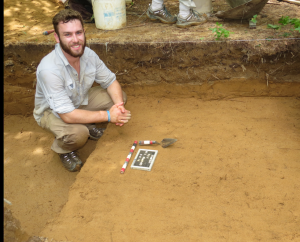
The intern will assist staff working on the MHT Non-Capital Grant Project “Slavery, resistance, and freedom: recording Anne Arundel County’s past”. The goal of this project is to create a more inclusive history by researching, documenting, and sharing the diversity of Black households in nineteenth-century Anne Arundel County, including sites inhabited by both enslaved and free African-Americans, before and after emancipation. The intern will be required to:
- Assist staff with desk audit of sites as necessary
- Assist with research on Hammond Plantation, particularly the 19th-century domestic sites already identified on the property
- Participate in Phase I and Phase II excavations at the USNA Dairy Farm (the location of Hammond Plantation), in Gambrills, MD
- Participate in artifact processing (washing, labeling, cataloging, etc.) at the Anne Arundel County Archaeology Laboratory in Edgewater, MD
- Assist with managing volunteers throughout excavation
- Contribute to blog and social media posts
- Write a final report on their activities
See the full listing for this internship here.
Historic Cemetery Documentation: One Internship with Stipend Available

The intern will assist the Cultural Resources Section with updates to the Anne Arundel County Cemetery Database, data creation, completion of inventory forms, and with development of a summer public workshop for the County’s Preservation Stewardship Program. This project will enhance and verify existing documentation in the County’s cemetery database, as well as develop additional databases or resources for research analysis. The intern will be required to:
- Assist staff with desk audit of the existing cemetery database, which includes georeferencing existing maps with cemetery information to build a spatial database for cross-reference
- Assist with developing, coordinating, and leading a single 2-hour public workshop on the history, significance, and preservation needs of the Hammond Plantation Cemetery at the USNA Dairy Farm
- Assist with the completion of historic cemetery inventory forms with statements of historic significance where needed
- Assist with developing a dataset for transfer to the Maryland Historical Trust for curation of cemetery location data in its statewide repository
See the full listing for this internship here.
Archaeology Field & Laboratory Methods: Two Internships for College Credit

Interns will learn the basics of archaeological field and labwork by participating alongside professional archaeologists and volunteers in excavation, recording, and artifact processing in the field and lab. The intern will be required to:
- Participate in artifact processing (washing, labeling, cataloging, etc.) at the Anne Arundel County Archaeology Laboratory in Edgewater, MD (approximately 70% of time)
- Participate in Phase I and Phase II excavations at one or more archaeological sites across Anne Arundel County (approximately 30% of time)
- Work with other interns and volunteers as needed
- Contribute to blog and social media posts
- Write a final report on their activities

